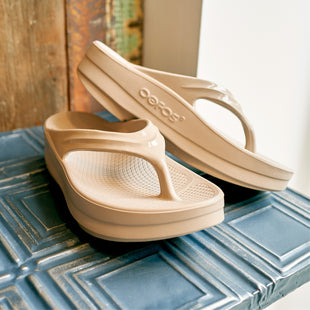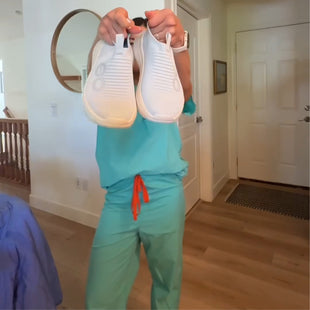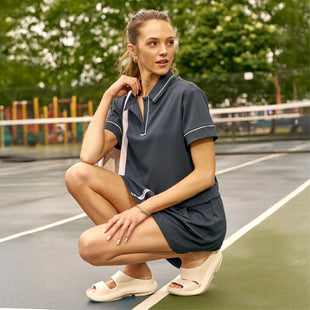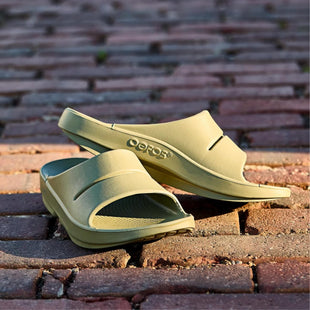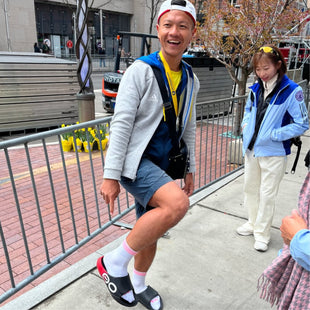This week, both Dr. Rob and Linda have tips on flexibility for runners.
Linda’s Advice:
As the miles have built up and you’re soon to begin the “taper” phase of training, many athletes begin focusing their extra time on stretching, thinking it will help them for race day. In my experience as a Sports Muscular Therapist, this can actually be a source of injury.
You may ask, “how can stretching be a source of injury?”
Many times in an effort to loosen up, athletes begin to engage in static stretching where they’re holding stretches for lengthy periods of time. Static stretching tight muscles can have the opposite effect. If the muscles are resisting lengthening, the nervous system will send a signal to protect the muscle from strain or injury and contract, so you actually feel tighter rather than more flexible.
So, my first recommendation to becoming more flexible is to make sure you are well hydrated. Dehydrated muscles will resist lengthening regardless of the flexibility exercises you explore.
I recommend instead to do “dynamic” flexibility exercises. These can include moving your body through ranges of motion rhythmically and fluidly such as gentle spinal twisting back and forth to keep the spine and upper body loose. When the legs get tired in the later miles of a race, the upper body mobility can help propel you forward. Doing a variety of movement with your hips (circles and figure eights) can also help the leg muscles feel more flexible. Remember that NO pain or strain means all gain when it comes to flexibility.

Rob’s Advice:
Many runners scoff at the discussion of flexibility when training for a marathon as they feel it will take precious time away from their miles. Unfortunately, as a society we spend many of our hours sitting hunched in front of a computer. We are also a society that wears heeled shoes with structure. As a result we do not have the needed mobility to perform our training injury free.
Perhaps the best ways to help with flexibility is to address the causes. If your lifestyle consists of a lot of sitting, consider utilizing a standing desk or at least getting up frequently and moving about. While standing, incorporate a stretch of the Achilles where you maintain the stretch for periods of a minute per side. Whenever possible, remove your shoes and walk barefoot. This will engage your intrinsic muscles and strengthen the feet as well as inducing an eccentric stretch. Use a foam roller to dynamically increase the mobility of your hamstrings, Achilles, quads and IT band. A lacrosse ball is ideal to use to increase the flexibility of the plantar aspect of the foot. I suggest to my patients to grasp their great toe and pull towards your nose, holding for 10 seconds and repeating 10 times.
The best way to increase flexibility is to incorporate variability. Run on different terrains whenever possible. Mix up your pace and routine regularly.

Image courtesy of My Fit Station
Stretching exercises do not have to be overly complicated or time consuming. Implementing a few simple stretches and dynamic flexibility exercises will help your body remain limber for any physical activity and are also great for recovery post-activity.
---
Do you have any favorite stretching routines that help with flexibility? Leave a comment and let us know your best tips!
Be sure to keep your eyes peeled from more tips from Rob and Linda coming soon!


